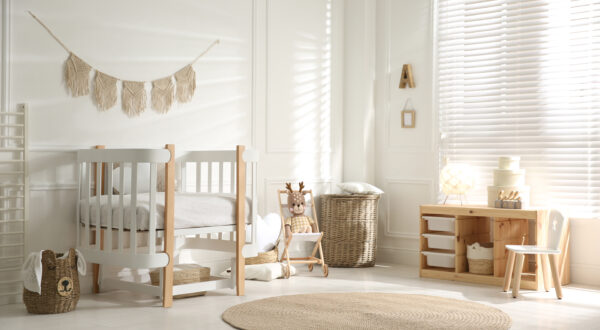
7 Ways to Prepare Your Toddler for A Foster Sibling
Bringing a foster child into the family can be a absolutely rewarding experience, but it often comes with changes that affect everyone in the home—including toddlers. We may assume they are unaware, but young children are still learning how to share, understand emotions, and adapt to change.
When a new sibling enters the picture, especially one from foster care, these changes can feel confusing or overwhelming. Foster parents and caregivers can help toddlers adjust to this new family dynamic. A few thoughtful steps can make the transition easier for everyone involved.
1. Talk About the New Sibling in Simple Words
Toddlers understand more than they can express, so it helps to talk to them early about the new foster sibling. Use clear, simple words they can follow. For example, “A new child is coming to live with us for a while. We will take care of them just like we take care of you.”
Avoid giving too much detail. Toddlers do not need to know every part of the foster care system. They only need to know how life at home might change and what the new child might need.
2. Read Books About New Siblings or Families
Children’s books are a great way to prepare toddlers for change. Many books show characters dealing with new siblings, family changes, or learning how to share. Look for books that are warm, age-appropriate, and focus on kindness and understanding.
Reading together helps toddlers connect feelings to words. It also shows them that new siblings are a normal part of life for many foster families.
3. Show What Sharing Looks Like
One of the biggest changes for toddlers is learning to share space, toys, and attention. Before the foster sibling arrives, help the toddler practice sharing in everyday situations. For instance, take turns with toys or share a snack together while talking about fairness.
If you’re planning to welcome a child through foster care in NC, now is a good time to start preparing your toddler with hands-on examples and daily conversations. Early preparation can ease the transition and help both children feel more comfortable and supported.

4. Create a Routine That Includes the Toddler
When a new child enters the home, routines can shift. Toddlers often feel unsure when things change too fast. Keeping a stable daily routine helps them feel safe. Try to keep the toddler’s bedtime, meals, and playtime consistent, even with new responsibilities.
Include the toddler in simple parts of the foster child’s care, like helping pick out a toy or singing a lullaby. This creates a sense of teamwork and helps them feel included.
5. Talk About Feelings Without Judgment
Toddlers often express big feelings through actions, not words. A sudden tantrum or clinginess might be their way of saying, “I don’t know how to feel about this.” Instead of reacting with frustration, try naming the emotion. Say something like, “It seems like you’re upset. It’s okay to feel that way.”
This approach teaches toddlers that all feelings are valid. It also shows them how to talk about emotions instead of acting them out. Over time, they may feel more confident expressing what’s on their mind.
6. Keep Giving One-on-One Time
Even with the busyness of a new foster sibling, it’s important to give the toddler some undivided attention. A short playtime, reading session, or walk can mean a lot. These small moments remind toddlers that they are still loved and important.

Quality matters more than quantity. Just 10 minutes of focused time without distractions can help toddlers feel more secure during this time of change.
7. Be Honest, But Keep It Gentle
Sometimes, toddlers may ask why the foster sibling is coming or why they don’t have a forever family. Keep your answers simple and kind. For example, “They need a safe place to stay right now, and we’re going to help.”
Avoid making promises that may not be kept, such as saying the child will stay forever. Toddlers may not understand the full meaning of temporary care, but they can understand kindness, support, and family.
Conclusion
Welcoming a foster sibling is a big step for any family unit, especially when toddlers are part of the home. With clear words, steady routines, and a little patience, the transition can be smoother for everyone. Teaching toddlers how to share, express emotions, and feel included helps build a stronger family bond. While challenges may come, simple steps can make a lasting difference. In the end, the goal is to create a home where every child feels safe, loved, and supported.
Welcome to my blog! I am an activity mom of three and I have over 15 years of experience crafting, writing, designing and creating. My mission is to bring fun, balance and learning to your busy homes with activities, tips, inspiration, and organization!






